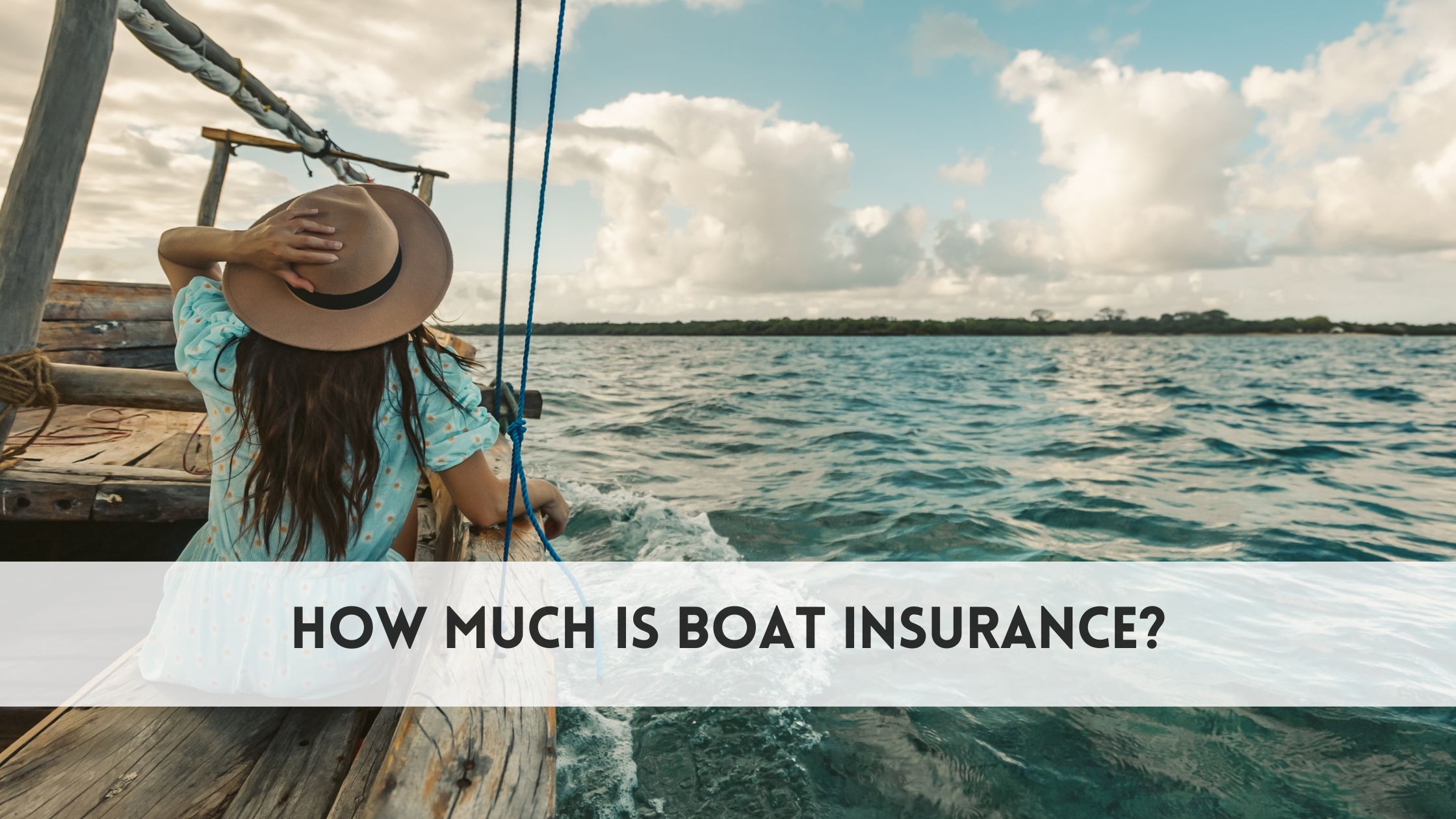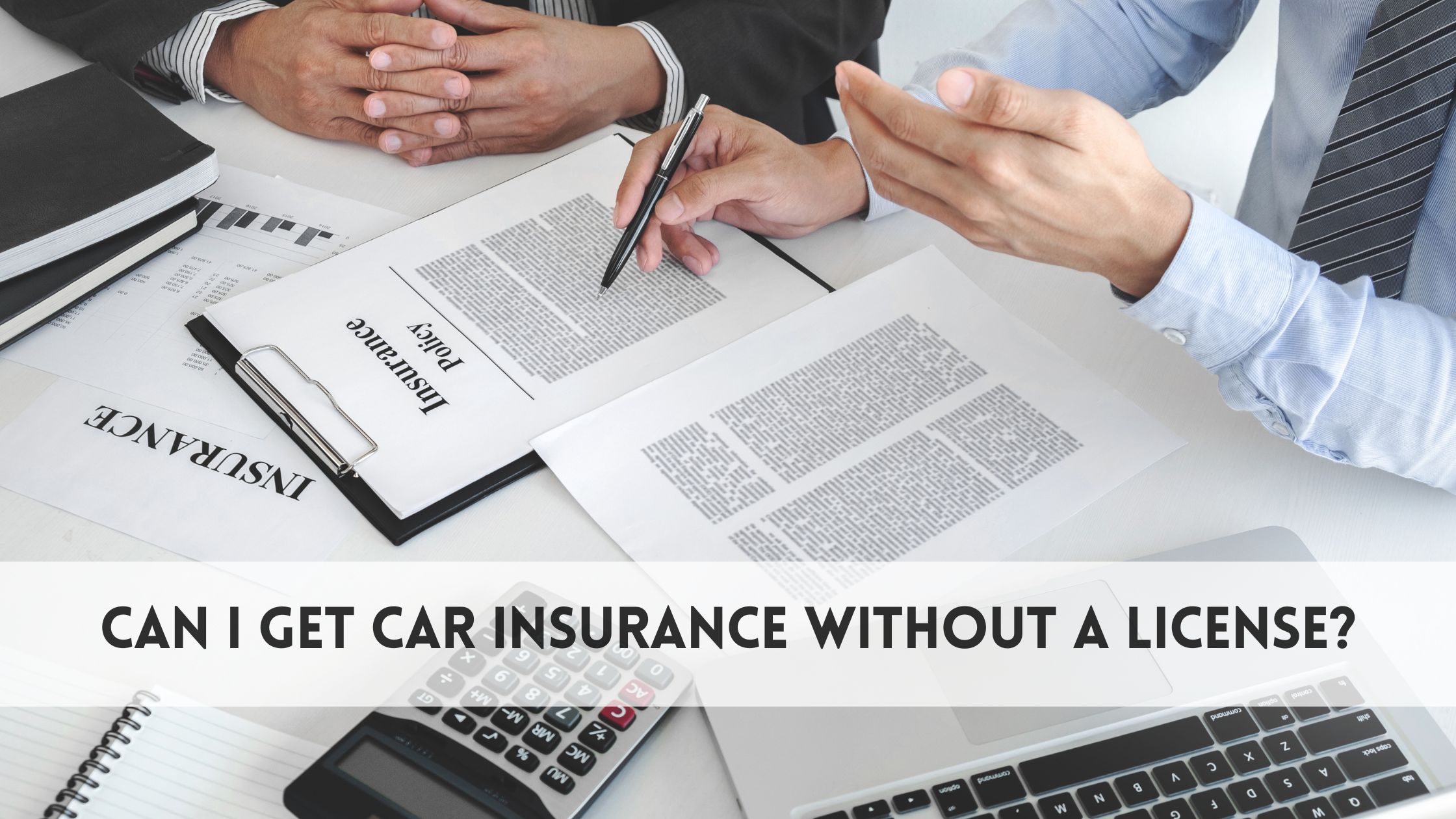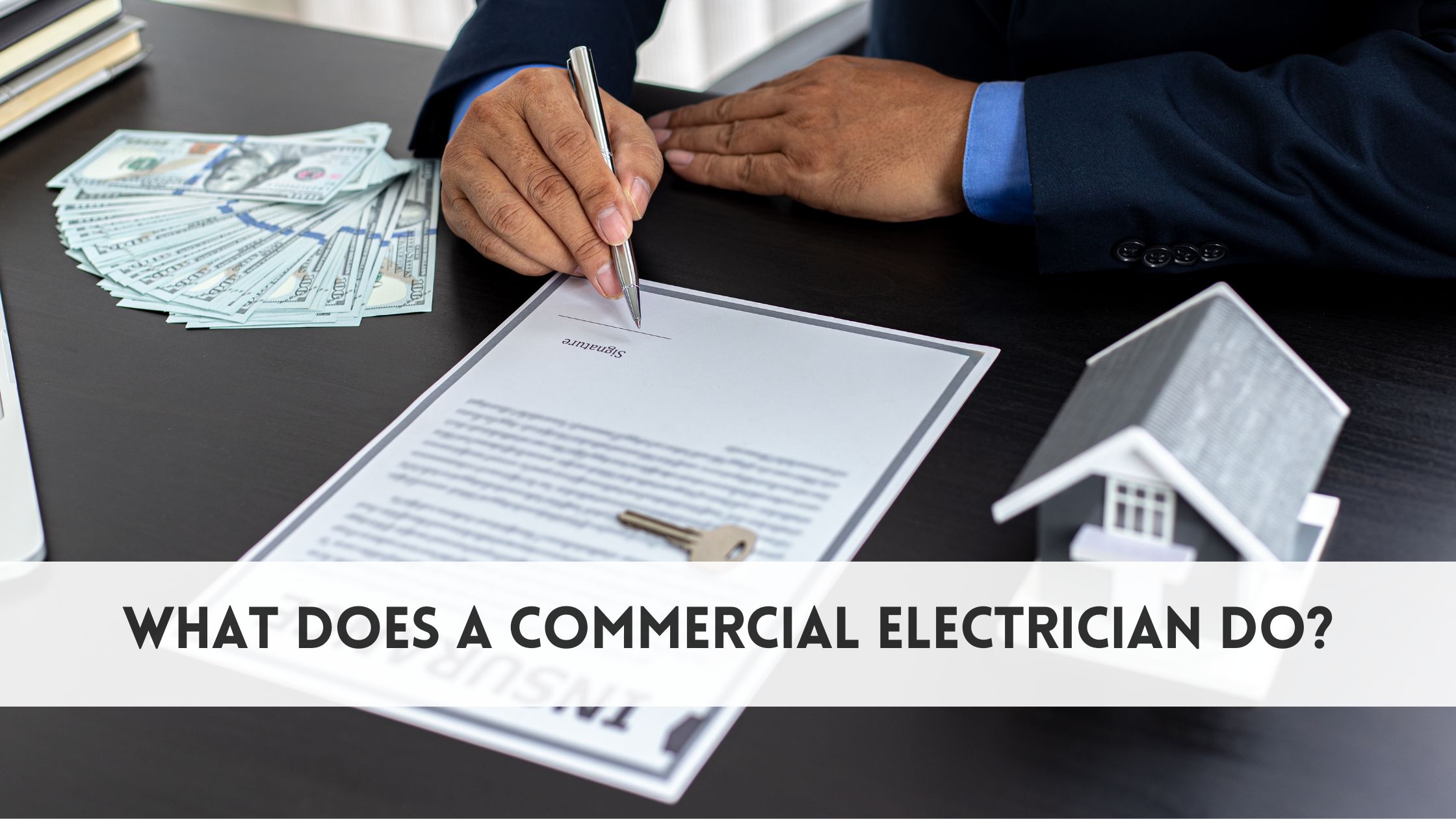How much is boat insurance?

Boat insurance is a specialized policy that provides financial protection for boat owners against a wide range of potential risks. These can include physical damage to the vessel, personal liability for injuries or property damage caused to others, theft, vandalism, and even weather-related incidents. So, How much is boat insurance? Whether cruising with a sailboat, fishing from a bass boat, or enjoying high speeds on a jet ski, boat insurance ensures that unexpected situations on the water don’t result in costly out-of-pocket expenses.
In addition to basic liability coverage, many policies offer optional add-ons such as uninsured boater protection, towing assistance, and coverage for onboard equipment or trailers. Insurance providers typically assess multiple factors, like boat type, engine size, usage, and safety features, to determine the premium. Without the right policy, a single incident could lead to significant financial loss.
How much is boat insurance?
The average cost of boat insurance in VT can vary based on boat type, usage, value, and your profile. On average, boat insurance premiums in Vermont range between $250 and $1,200 per year.
| Boat Type | Usage | Coverage Type | Average Premium (Yearly) |
| Fishing Boat | Recreational | Basic Liability | $250 – $400 |
| Personal Watercraft | Seasonal | Standard Coverage | $300 – $500 |
| Pontoon Boat | Family Use | Comprehensive | $400 – $700 |
| Sailboat | Extended Trips | Full Coverage | $500 – $900 |
| Cabin Cruiser / Yacht | Overnight Use | Premium Package | $800 – $1,200+ |
Fishing Boat
Fishing boats used for recreational purposes are typically insured under basic liability coverage. This type of policy covers damages or injuries caused to others while using the boat. Premiums tend to be lower for fishing boats due to their smaller size, slower speeds, and typical use in calm, inland waters. However, the boat’s age, maintenance condition, and safety equipment can all impact the cost. If your fishing trips are infrequent and your boat is used primarily in calm conditions, this type of coverage offers a practical and affordable option.
Personal Watercraft
Personal watercraft, like jet skis or Sea-Doo, are often used seasonally and typically require standard coverage. These watercraft are generally higher risk due to their speed and use in busy recreational areas. Standard coverage typically includes liability and collision coverage. Given their seasonal use and the increased likelihood of accidents, premiums can be slightly higher. The type of storage, the frequency of use, and the rider’s experience all influence the cost of insurance. This coverage is designed to protect against potential risks, offering peace of mind during your water adventures.
Pontoon Boat
Pontoon boats are ideal for family outings and group activities, requiring comprehensive coverage. This type of policy protects against damages, liability, and theft, among other things. The moderate risk posed by pontoon boats, due to their slower speed and frequent use with larger groups, makes this coverage ideal. Insurers will assess the boat’s size, engine type, passenger capacity, and safety measures before determining the premium. If you frequently use your pontoon boat for social activities, comprehensive coverage is essential to ensure protection on the water.
Sailboat
Sailboats, especially those used for extended trips, require full coverage policies. Full coverage typically includes liability, collision, comprehensive, and medical payments, all of which are crucial for longer voyages. Given the complexity of sailboats and the risks associated with longer trips, insurers consider factors like navigation experience, trip frequency, and vessel specifications when calculating premiums. The extended exposure to various marine conditions during extended trips adds a layer of risk, which is why robust coverage is necessary to safeguard the vessel and passengers.
Cabin Cruiser / Yacht
Cabin cruisers and yachts are large vessels designed for overnight or extended use, making them eligible for premium insurance packages. These policies provide extensive coverage for liability, physical damage, onboard equipment, and personal belongings. Due to their higher value and complex nature, insurance premiums are higher compared to smaller vessels. Factors such as the boat’s size, onboard features, and mooring location affect the cost. With premium coverage, boat owners can ensure full protection for their high-value assets during long trips or while docked for extended periods.
Do You Need Boat Insurance?
While boat insurance is not legally required in Vermont for most private vessels, having a policy is highly recommended. Here’s why:
Marina Requirements
Many marinas and docks require proof of boat insurance before allowing you to store your vessel or dock at their facilities.
- Protection for Third Parties: Marinas need to ensure that boaters are financially responsible in case of damage to the property or other boats.
- Regulatory Compliance: Some marinas operate under specific insurance regulations that require boat owners to show proof of liability coverage.
- Financial Security: Insurance coverage helps protect your financial interests if your boat damages the marina’s property or other boats.
- Peace of Mind: With insurance, you avoid the stress of potential legal and financial complications when docked at marinas or public docks.
Lender Requirements
If you financed your boat through a lender or bank, insurance will likely be required.
- Protection for the Lender: Lenders typically want to safeguard their investment, ensuring that if something happens to the boat, their financial interest is protected.
- Full Coverage Policies: Many lenders require comprehensive or collision coverage to cover all possible damages, not just liability.
- Proof of Coverage: You’ll be asked to provide proof of insurance before you can finalize a loan or lease agreement for your boat.
- Ongoing Obligation: Even after purchasing the boat, the lender may require you to maintain insurance for the duration of the loan term.
Liability Protection
Accidents on the water are unpredictable, and boat insurance provides liability protection to safeguard your finances.
- Injuries to Others: If you cause an accident that injures another boater or passenger, liability insurance helps cover medical expenses and legal fees.
- Property Damage: If your boat damages another vessel, a dock, or private property, liability coverage helps pay for repairs or replacement.
- Peace of Mind: Liability insurance gives you peace of mind, knowing you won’t have to personally cover significant expenses in the event of an accident.
- Legal Protection: In case of lawsuits related to boating accidents, your insurance can cover defense costs, reducing the financial burden.
Weather Risk
Vermont’s weather, including severe storms and harsh winters, can cause significant off-season damage to your boat.
- Storm Damage: Severe weather, such as high winds and hail, can cause considerable damage to your boat while docked or stored outdoors.
- Winterization Costs: Vermont’s long winters require proper storage or winterization, and insurance may help cover the costs of any accidental damage during this period.
- Flooding Risks: Heavy rainfall or rising waters can cause flooding, which could damage your boat or nearby structures.
- Off-season Protection: Insurance policies can help safeguard your vessel during the off-season, ensuring that if damage occurs while it’s not in use, you’re covered.
Factors Affecting Boat Insurance Rates
- Boat Type & Age: Newer, more valuable boats cost more to insure.
- Size & Engine Power: Larger boats or those with higher horsepower can raise premiums.
- Usage Frequency: More use means higher risk.
- Storage Method: Boats stored indoors often cost less to insure.
- Boating Experience: Experienced operators may get discounts.
- Claims History: A clean history usually results in lower premiums.
- Location: Living in Rutland, VT might offer lower premiums compared to coastal areas.
Understanding Boat Insurance Premiums
When it comes to determining your boat insurance premium, several factors come into play. Your premium reflects a combination of coverage options, risk assessments, and add-ons, all customized to your specific situation and needs.
Coverage Limits
The coverage limits you select significantly influence your premium cost. Higher coverage limits provide more extensive protection, which increases the premium. For example, if you choose a higher liability limit to cover more serious damages or injuries, the cost will reflect that additional protection. Choosing appropriate coverage limits ensures that you are adequately protected without overpaying for unnecessary coverage. Insurers calculate your premium based on the balance between the level of coverage you select and the risks involved, ensuring that your policy offers comprehensive protection for the right price.
Deductibles
A deductible is the amount you must pay out-of-pocket before your insurance policy kicks in. Opting for a higher deductible typically lowers your monthly or annual premium. However, this means you’ll pay more in the event of a claim. If you’re willing to take on more risk by covering a higher portion of the costs upfront, this can lead to significant savings on your boat insurance. However, it’s crucial to balance savings with your ability to pay the deductible in case of a claim. Insurers usually assess the deductible amount about your boat’s value and usage when setting premiums.
Optional Add-ons
Optional add-ons, such as towing assistance, fuel spill coverage, or equipment protection, enhance your policy but also increase the premium. These add-ons provide extra coverage for situations that might not be included in a standard policy, like emergency towing or covering the costs of fuel spills. Adding such coverage increases your financial protection but comes with an additional cost. It’s essential to assess whether these add-ons are worth the extra cost based on your specific boating habits. If you frequently boat in remote areas, for instance, towing coverage might be a valuable addition to your policy.
Insurer’s Risk Assessment
Insurance companies evaluate the risk associated with insuring your boat based on several factors, including the type of vessel, your profile, and your boating habits. This includes assessing your boat’s size, value, engine power, and storage situation, as well as the frequency and locations where you use the boat. Experienced boaters or those with a history of safe boating may benefit from lower premiums, while newer or higher-risk users might face higher rates. Insurers also consider your claims history, as past claims or accidents can increase your premium. These assessments ensure that your premium is in line with the level of risk your boat presents.
What Does Boat Insurance Cover?
Boat insurance policies typically provide several types of coverage options. Below is an overview of the most common types, along with what they protect you against.
Liability Coverage
- Damage or Injury to Others: Covers any damages or injuries that you may cause to another person or their property while boating.
- Legal Protection: Helps cover legal fees if you are sued for causing injury or property damage while on the water.
- Required by Many Marinas: Most marinas and boating areas require a minimum level of liability coverage for access.
Collision Coverage
- Damage to Your Boat: Covers the cost of repairing or replacing your boat if it’s damaged in a collision.
- Accidents with Other Boats or Objects: Applies if you collide with another vessel, dock, or submerged objects like rocks.
- Property Damage: Protects your boat from accidents caused by other boaters as well.
Comprehensive Coverage
- Theft and Vandalism: Covers the loss of your boat due to theft, as well as damages caused by vandalism.
- Storm and Fire Damage: Protects your boat against damage caused by severe weather or fire.
- Non-Collision Incidents: Includes damages from events not caused by a collision, like falling trees or flooding.
Uninsured Boater Coverage
- Injuries from Uninsured Operators: Covers medical and repair costs if you are involved in an accident with a boater who does not have insurance.
- Property Damage: Helps cover repairs to your boat if an uninsured boater damages it.
- Peace of Mind: Ensures you’re protected even if another boater’s lack of insurance leaves you exposed to financial risk.
Medical Payments
- Injuries to You or Passengers: Covers medical expenses for you or any passengers who are injured while aboard your boat.
- Accidents Onboard: Applies to injuries caused by accidents occurring on the boat, even if you’re not at fault.
- Comprehensive Coverage: Can cover a wide range of medical services, from hospital stays to emergency treatments.
Towing & Assistance
- Emergency Towing: Covers the cost of towing your boat in case it breaks down or needs to be rescued from hazardous conditions.
- Fuel Delivery: Provides assistance if you run out of fuel while on the water, helping you get back to shore safely.
- Jump-starts: Assists in restarting your boat if the battery dies while you’re out on the water.
Tips to Lower Your Boat Insurance Costs
Here are a few proven ways to reduce your boat insurance premiums:
- Complete a Boater Safety Course- Many providers offer discounts for certified boaters.
- Bundle Policies- Combine your Rutland VT boat insurance with home or auto for multi-policy savings.
- Install Safety Equipment- Alarms, GPS tracking, and fire extinguishers can lead to discounts.
- Adjust Your Deductible- A higher deductible can reduce annual premium costs.
- Seasonal Usage Declaration- Only use your boat during summer? Ask for a seasonal-use discount.
- Review and Shop Annually- Always compare quotes annually to ensure you’re getting the best rate.
Final Words
So, How much is boat insurance? Boat insurance is a vital investment for any boat owner, providing financial protection against risks such as damage, theft, liability, and accidents. While it may not be legally required in many areas, having the right coverage ensures you are safeguarded against unexpected events that could lead to significant financial loss. Insurance premiums depend on factors like boat type, value, usage, and experience, so it’s essential to assess your individual needs. A comprehensive policy offers peace of mind, whether you’re cruising locally or enjoying extended trips. Before heading out on the water, it’s crucial to consult with an insurance agent to find a plan that fits your boat and lifestyle. Secure the right coverage and enjoy your time on the water with confidence.



